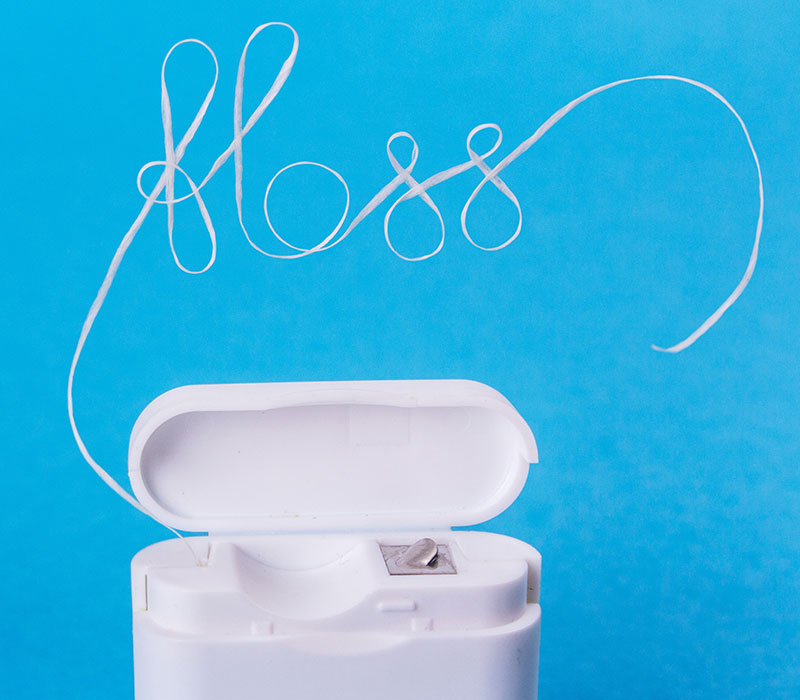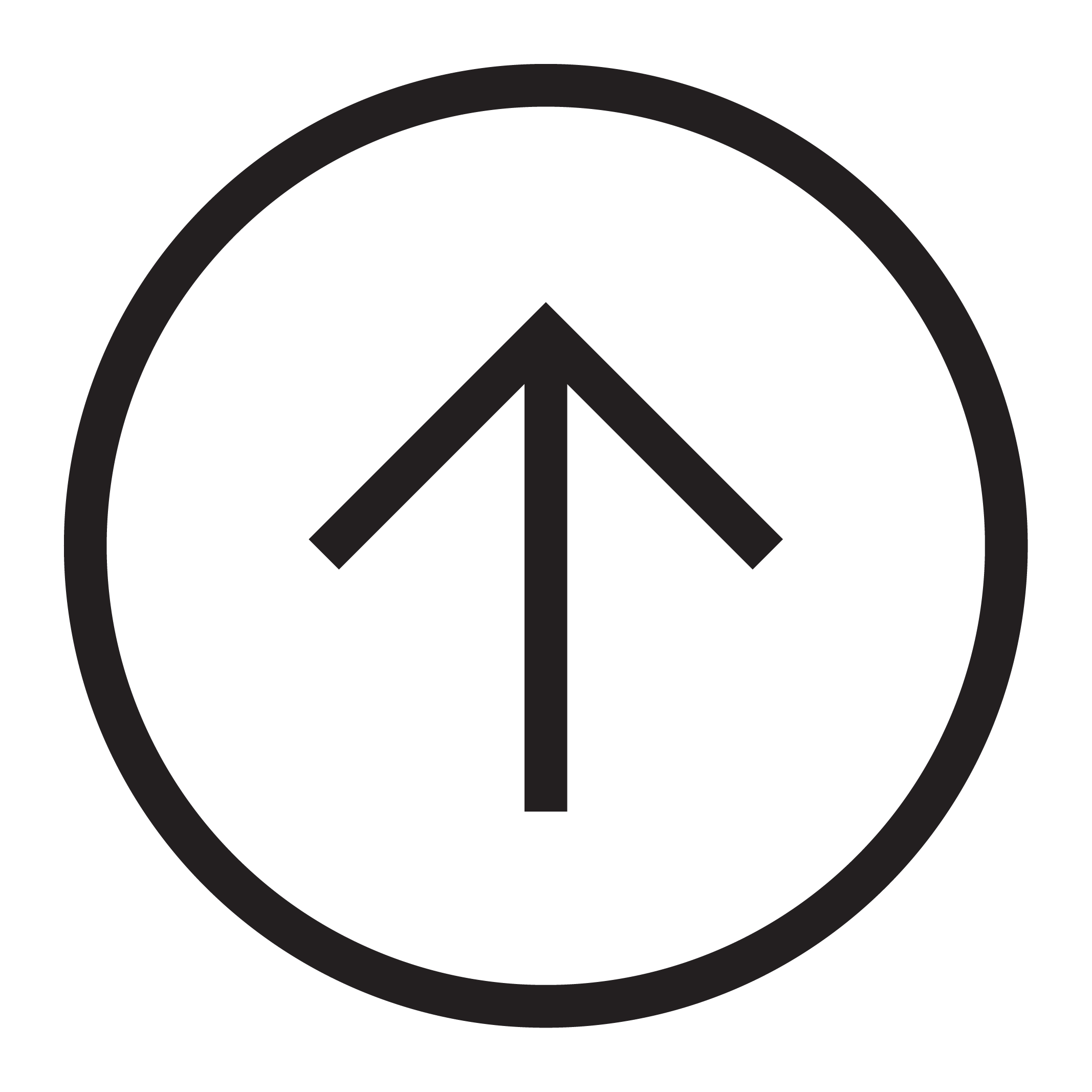The insider’s guide to flossing
Teeth come in complicated shapes – no two sets are alike. If you want to preserve that all-important smile, you’ll need to add flossing to your repertoire.
Your toothbrush may clean the tooth and gum surfaces you can see, but what about those areas between your teeth and below the gumline? This is where dental floss comes in. Using a fine thread to get into places that a brush can reach will help prevent gum disease in particular.
Bleeding from your gums is a sign of gum disease, but don’t panic. If you continue to floss regularly the bleeding will go away over time. Bleeding is not an indication that flossing is damaging your gums.
Just make sure to consult with your dentist if you are experiencing bleeding that continues for more than a week.
How can I floss effectively?
The best time to floss is in the evening after brushing your teeth.
Take a piece of floss approximately 20 cm long. Wrap one end around your index finger – this will allow you to control the direction and tension on the floss.
Holding the other end, pop the floss in between your teeth. It’s easiest to start in one corner and make your way around your mouth so that you don’t miss any teeth.
Once the floss is between two teeth, bend it so that it contours around one tooth, then slide it underneath the gumline. Repeat this on the other tooth. Take the floss out either by lifting it back up between the teeth or pulling it out sideways.
Continue this process around your whole mouth. It’s also good to floss behind the very last tooth in the row, as this can be a difficult area to access with your toothbrush.
Some people prefer to use interproximal brushes or a water flosser instead of conventional flossing, or in combination with it.
Interproximal brush technique
These are small, specialised toothbrushes you can buy from your dentist or pharmacy. They come in different sizes and look a bit like tiny chimney sweep brushes because they’re designed to get into the tight spaces between teeth, where plaque and stubborn shreds of food can collect.
Select the brush size that best suits the gaps between your teeth. You may need a couple of different sizes for your whole mouth. Gently push the brush into the area where the gum comes to a point. Jiggle the brush in and out a few times to clean any debris. Repeat the process around your whole mouth.
You may need to use conventional floss in a few areas as well to ensure that you reach under the gumline. Make sure to discuss this with your dentist.
Water flosser technique
These look similar to electric toothbrushes but instead shoot a jet of water between your teeth at high speed.
Place the tip of the flosser against the area where the gum comes to a point. Press down on the button to allow the water to push between the teeth. This may tickle a bit but shouldn’t be painful. Make sure not to angle the water down into your gums as this can cause damage.
Other tips and tricks
If you’re finding it difficult to remove all the debris you may want to try ‘disclosing tablets.’ These are chewable tablets available from your dentist or pharmacy that stain plaque a bright colour, so you can see the plaque more easily and then remove the last remaining bits.
Using a mouthwash can be a good addition to your oral hygiene routine; however it doesn’t replace toothbrushing and flossing.
Mouthwashes that contain fluoride may be recommended by your dentist for daily use to help protect your teeth against decay. Mouthwashes containing chlorhexidine, such as Savacol, may be prescribed by your dentist to treat particular gum conditions. This type of mouthwash shouldn’t be used long-term as it can stain your teeth. If staining does occur, it can be removed by your dentist or hygienist.
One habit to avoid is using mouthwash immediately after brushing your teeth, as you’ll wash away the fluoride toothpaste. Either use the mouthwash before you brush, or mid-way between brushing your teeth in the morning and night, to get the maximum benefit of all of the products you are using.
Get a reality check from your dentist too
A good oral hygiene routine, as well as regular dental check-ups, will ensure you maintain your teeth for life. Talk to your dentist about how often you should be seen – this can range anywhere from three to 24 months depending on your specific needs.
Attending these appointments means any dental problems can be caught early, meaning they’re far easier and cheaper to treat. We think you’ll like that!





